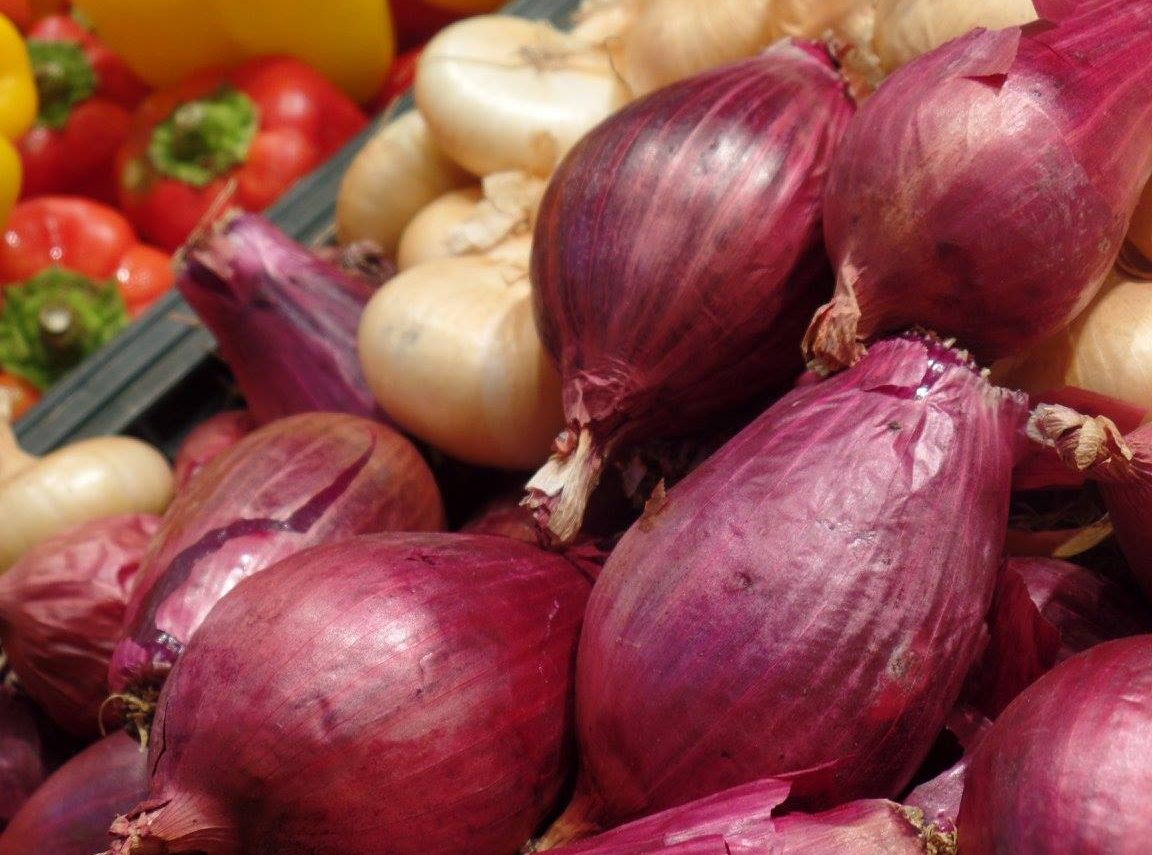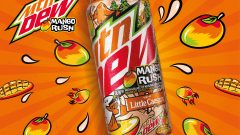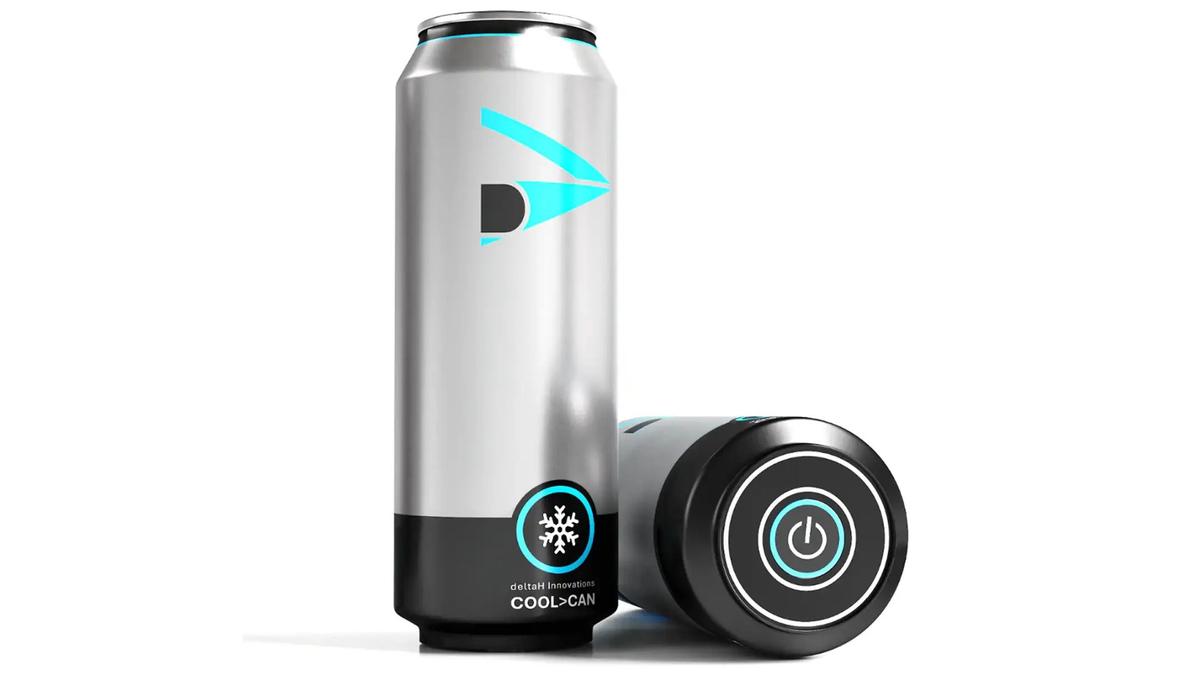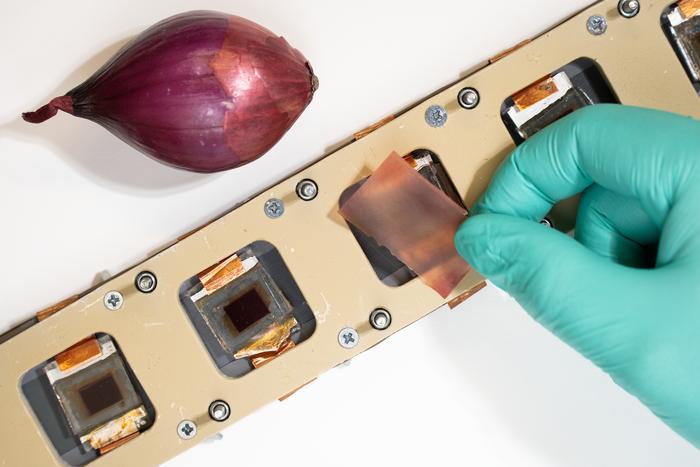Researchers Develop New Method To Kill Norovirus In Prepared Food

Norovirus – one of the most notorious food-borne pathogens on the entire planet. We know it as “the cruise ship virus” because of it’s ability to spread rapidly in confined areas. It’s the leading cause of foodborne illness in the United States, affecting over 20 million people per year. Norovirus is incredibly hard to detect and even harder to kill.
However, new research out of The University of Minnesota, Twin Cities may have just made taking out this pesky virus a little bit easier.
The method that Dr. Hamada Aboubakr and his team developed involves the usage of an ionized gas generated by cold plasma. The “cold plasma treatment,” as it was called, was utilized on contaminated stainless steel surfaces and romaine lettuce leaves for five minutes, wiping out 99% of the norovirus particles on both.
As of now, methods to kill norovirus include bleach and extensive cleaning – both of which occur after a population has been infected. Cooking food thoroughly kills norovirus in raw food – but most infections occur as a result of contamination on food that’s cooked or prepped already, such as on cruise ships. No method exists yet to kill norovirus contaminations in that regard, meaning this cold plasma method could be the first.
This research, which was presented at this month’s meeting of the American Society for Microbiology Biothreats, could be utilized to kill norovrius on cruise ships, produce aisles, and restaurants across the United States. While it can’t prevent contamination from occurring when a pre-infected individual touches the food, the cold plasma gas can kill norovirus particles left behind.
While it’s not ready for commercial food use yet, research should continue to grow as the plasma method will be tested on other produce items and developed for usage on cruise ships and other places susceptible to norovirus contamination.
Dr. Aboubakr’s novel method should definitely decrease the amount of norovirus infections in the United States by a significant margin, dealing a huge blow to one of the nastiest food-borne pathogens out there.






















